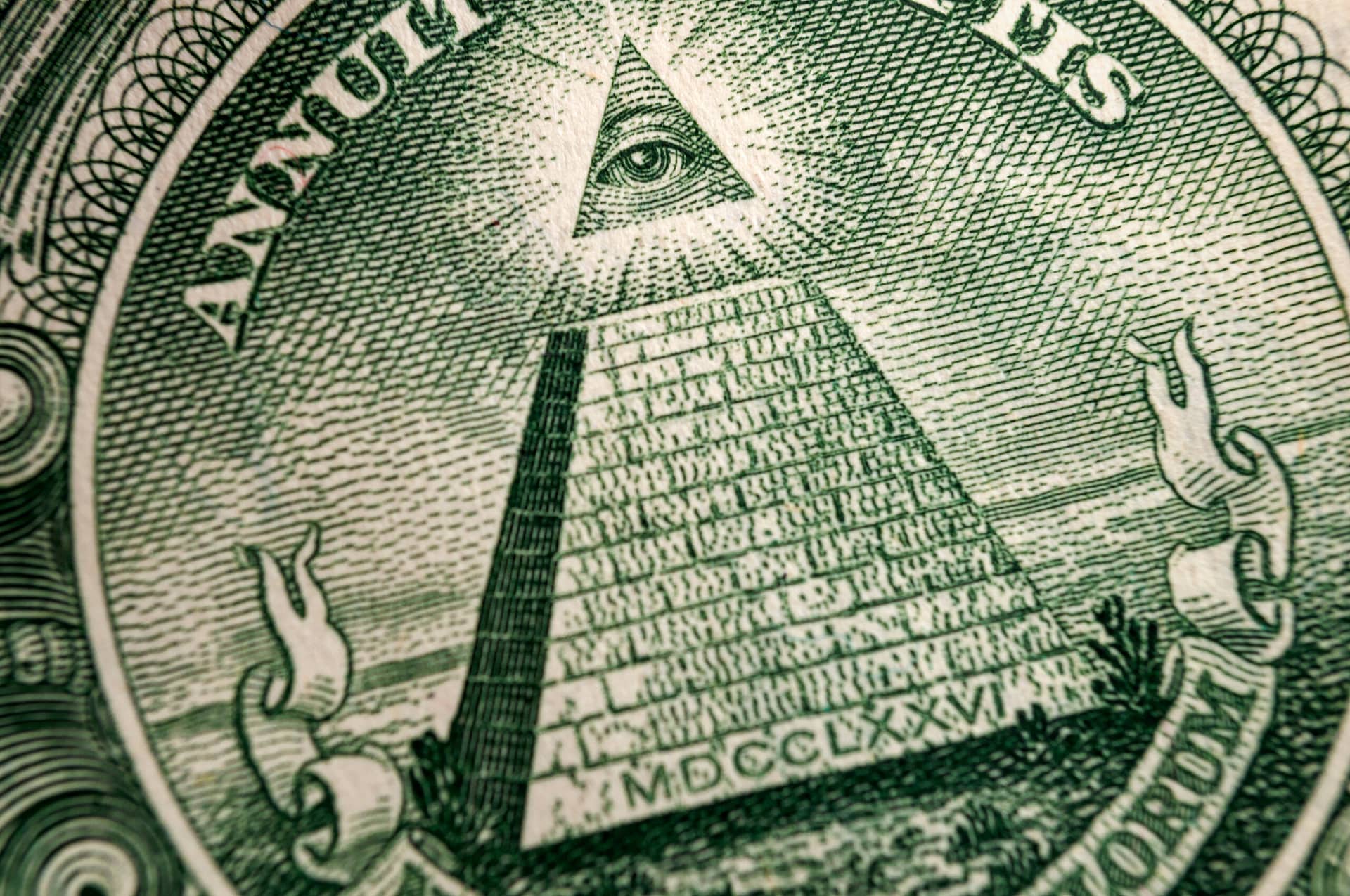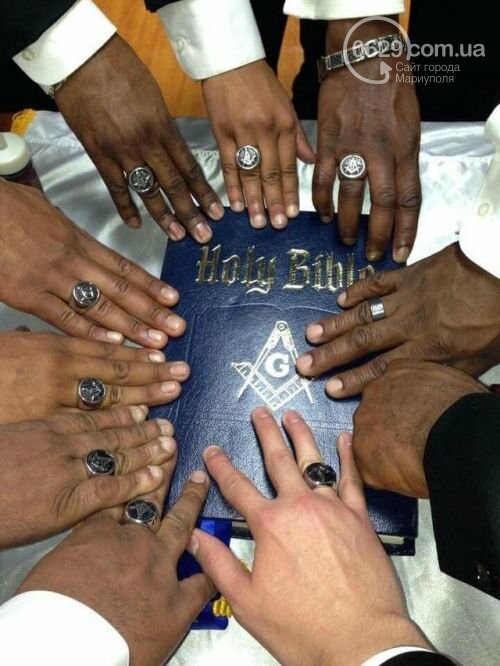Get Started with Step-by-Step Instructions on How to Join a Masonic Lodge
Get Started with Step-by-Step Instructions on How to Join a Masonic Lodge
Blog Article
Discover the Keys Behind the copyright and Their Influence on Culture
The copyright, typically shrouded in misconception and speculation, presents a remarkable instance study of how historical suitables can change into modern-day conspiracy concepts. As we discover its beginnings, influence on innovative thought, and portrayal in contemporary society, we start to discover the layers of intrigue that continue to astound culture.
Origins of the copyright
The copyright, commonly shrouded in secret and conjecture, traces its origins back to the late 18th century. Developed in 1776 in Ingolstadt, Bavaria, the team was established by Adam Weishaupt, a teacher of canon law. Weishaupt intended to promote Enlightenment values, consisting of reason, secularism, and the splitting up of church and state. At first called the Bavarian copyright, the company's main purpose was to respond to the current impact of religious dogma and advertise intellectual discourse among its participants.
The copyright took on a hierarchical framework, drawing ideas from Freemasonry, which permitted secretive meetings and rituals - how to become a freemason. Subscription was careful, including significant numbers from numerous areas, including politics, approach, and scientific research. This elite network looked for to impact social and political adjustment with clandestine ways, supporting for the civil liberties of people and the improvement of culture
In spite of its fairly brief presence, the Bavarian copyright was officially disbanded in 1785 because of government suppression. However, its tradition sustained, offering surge to many conspiracy theory concepts and preferred society referrals that proceed to provoke intrigue and debate regarding its influence on contemporary culture.
Key Misconceptions and Misunderstandings
In the middle of the allure of privacy surrounding the copyright, countless misconceptions and misunderstandings have arised, commonly distorting the team's true nature and intents. One common myth suggests that the copyright regulates the globe's federal governments and economic climates. While it is true that the team aimed to influence social structures, the notion that it runs as a natural global creature master is greatly exaggerated.
One more common false impression is that all participants of the copyright possess huge wide range and power. In truth, the initial copyright consisted of intellectuals and Knowledge thinkers, much of whom looked for reform instead than supremacy. In addition, the idea that the copyright solely recruits celebrities and political figures is misguiding; membership has historically consisted of a diverse array of individuals.
Furthermore, conspiracy theory concepts often paint the copyright as a sinister company bent on worldwide dominance through dubious ways. This representation overlooks the group's initial objectives, which fixated advertising rational thought and combating religious oppression. The conflation of the copyright with modern conspiracy theories perpetuates misconception, covering the historic context and advancement of the team's ideals. Hence, separating fact from fiction is necessary for a more clear understanding of the copyright's duty in society.
Historical Impact on Society
Throughout history, various intellectual motions have profoundly affected you could try these out social frameworks, and the copyright played a significant function throughout the Enlightenment. Established in 1776 in Bavaria, the copyright intended to promote factor, secularism, and the wondering about of established authority, responding to the prominence of spiritual conviction. This company drew in prominent thinkers and supporters of freedom, cultivating a setting conducive to the circulation of Enlightenment suitables.
The copyright's ethos championed logical idea and empirical proof, which added to the more comprehensive intellectual landscape that motivated social reform and political adjustment. Members sought to reshape society by promoting for education, liberty of expression, and the separation of church and state. Their clandestine nature and ambitious program stimulated both intrigue and uncertainty, causing their eventual suppression by the Bavarian government in 1785.
Despite their dissolution, the tradition of the copyright persisted, affecting revolutionary movements across Europe and the Americas. Their dedication to knowledge concepts helped prepare for contemporary autonomous suitables and human rights, leaving a lasting imprint on the foundations of modern society. how to become a freemason. The appeal of their deceptive events and thoughtful searches continues to captivate the creative imagination, underscoring their historical importance
Modern Interpretations and Beliefs
Contemporary analyses of the copyright commonly blend historical fact with conspiracy theories, developing a complicated tapestry of beliefs that catch prominent creativity. While the original copyright was a Bavarian secret society started in 1776 with Knowledge suitables, modern ideas have actually evolved to incorporate a broad range of interpretations, typically concentrating on themes of control and privacy.

In addition, some contemporary interpretations assume that the copyright acts as a metaphor for the struggle this hyperlink in between enlightenment and ignorance, with supporters advertising recognition and essential thinking as a way to combat regarded fascism. This duality-- checking out the copyright as both an actual and symbolic entity-- highlights the recurring fascination with the principle, mirroring much deeper social stress and anxieties about power, openness, and specific autonomy in the modern globe.
The copyright in Pop Culture
The copyright has infiltrated different elements of pop culture, materializing in literary works, film, songs, and art as an icon of intrigue and enigma. This secret culture, commonly depicted as a shadowy force adjusting global events, has actually inspired numerous stories that check out themes of power, conspiracy theory, and surprise understanding.

Songs, too, has been influenced by the idea of the copyright. Musicians like Jay-Z and Beyoncé have actually faced speculation concerning their associations with the culture, prompting discussions regarding significance in their work and the nature of popularity.
Aesthetic art usually includes copyright themes, with artists using signs like the Eye of Divine superintendence and the pyramid to stimulate a sense of enigma. With these numerous mediums, the copyright serves not just as a subject of speculation however also as a lens with which culture analyzes its very own intricacies and worries.
Final Thought

Report this page